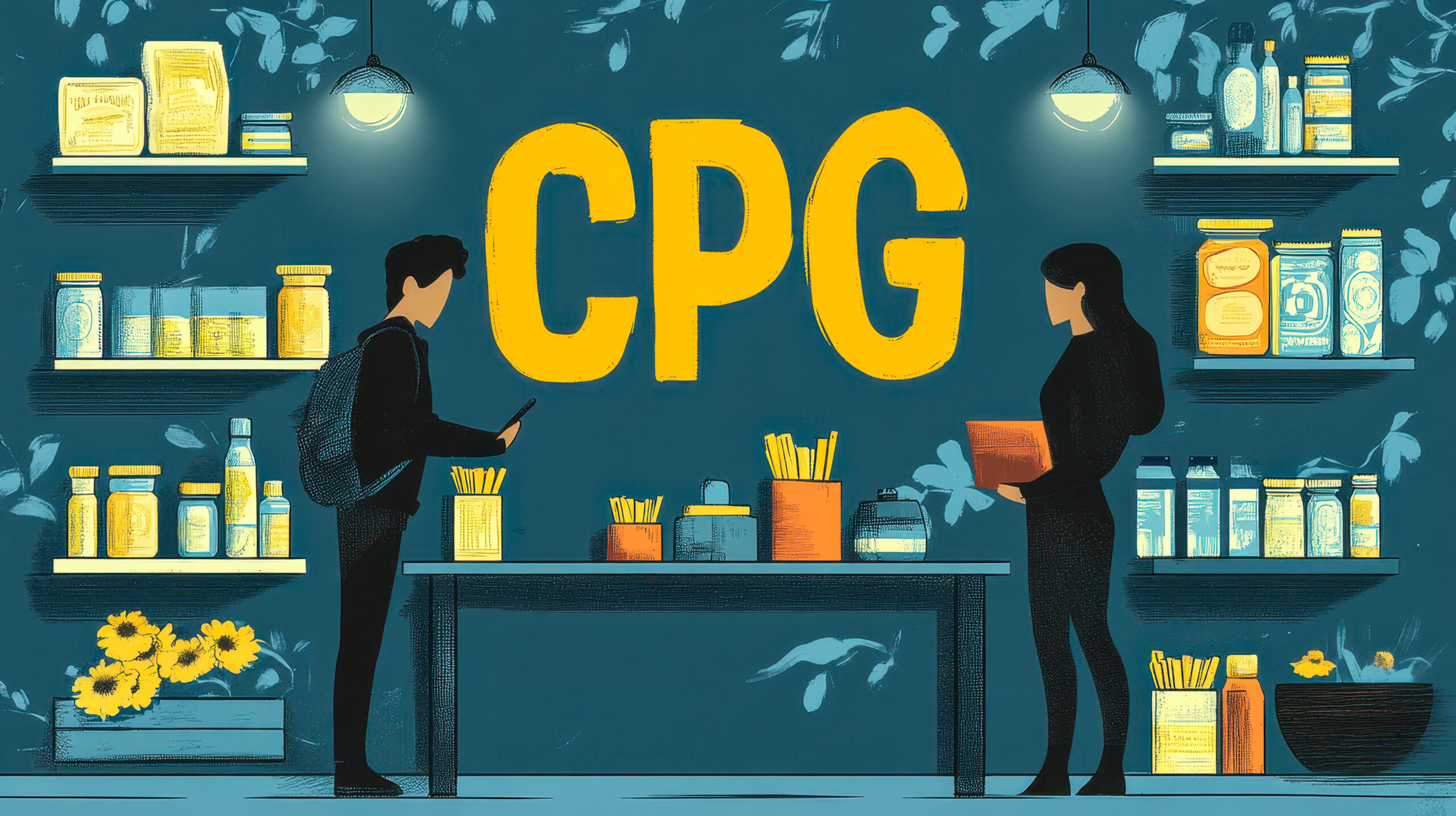Starting a consumer packaged goods (CPG) brand is one thing. Scaling it in today’s crowded, competitive market is something else entirely. I’ve been fortunate to be a part of several CPG journeys—some I’ve founded, others I’ve invested in or advised—and while every brand has its own path, there are some universal truths when it comes to growing in this space.
In the early days, you’re scrappy. You’re doing everything yourself—handling product development, calling retailers, shipping out orders, managing social media, and sometimes even packing boxes. That’s the bootstrap phase. And honestly, it’s one of the most valuable parts of the journey. But to go from those humble beginnings to a recognizable, scalable brand, you have to shift your mindset, your strategy, and your resources.
Here’s what I’ve learned from going through that process—what works, what doesn’t, and what really matters when it comes to scaling a CPG brand.
Focus First on Product-Market Fit
Before you worry about scaling, you need to make sure people actually want your product—and not just your friends and family. Too many founders get caught up in perfecting their packaging, tweaking logos, or chasing press, but the truth is, none of that matters if the product doesn’t resonate.
Early on, your job is to get your product in front of real consumers, collect feedback, and iterate fast. I’ve seen brands pivot from one flavor, formula, or format to another just because of customer feedback—and that flexibility often ends up being the reason they succeed.
So don’t overthink it in the beginning. Get your product out there, get honest reactions, and refine until you’ve nailed it.
Start Small, Think Big
When you’re bootstrapping, resources are tight. That forces creativity and hustle, which can be a superpower. But to scale, you need to start thinking beyond the immediate wins and build a foundation for growth.
Start with one channel that makes sense—maybe it’s direct-to-consumer (DTC), maybe it’s local retail—and own it. Prove success on a small scale before trying to expand. Too many brands try to go national too fast and end up burning through cash or losing focus.
If your product moves in local Whole Foods, or if you’re seeing strong repeat rates online, that’s your proof point. Use that to attract investors, bigger partners, or more distribution. But always keep the bigger picture in mind. From day one, act like the brand you want to become.
Build a Community, Not Just a Customer Base
In the CPG world, especially with wellness and lifestyle brands, community is currency. People don’t just buy a product—they buy into a brand, a lifestyle, and a mission.
From the start, be intentional about your messaging, your values, and how you connect with your audience. Social media is an obvious tool, but don’t underestimate email, content marketing, or in-person events. Your early customers can become your biggest advocates—if you treat them like part of the journey.
I’ve seen brands with smaller marketing budgets outperform better-funded competitors just because they had a loyal, engaged community behind them. That’s not luck—it’s strategy.
Know When to Bring in Capital
Bootstrapping has its perks—control, focus, and the ability to grow on your own terms. But at a certain point, if you want to scale, you’ll likely need capital.
The key is to raise when you have leverage—when you’ve proven product-market fit, have a strong brand foundation, and can show a path to growth. Investors don’t want to fund ideas; they want to fuel momentum.
When I’m on the other side of the table, looking at CPG brands to invest in, I look for teams who understand their numbers, know their customer, and have a clear plan for where the money is going. That clarity comes from doing the hard work early on.
Build the Right Team as You Scale
In the early days, you wear every hat. But as the brand grows, you can’t do it all—and you shouldn’t.
Hiring is one of the most important (and toughest) parts of scaling. You need people who believe in the mission, who bring skills you don’t have, and who can grow with the business. Sometimes that means hiring specialists—operations, sales, digital. Sometimes it means bringing in advisors or fractional leaders to help you navigate growth stages.
The biggest mistake I’ve seen? Founders waiting too long to delegate. Trust your team. Let them run with their areas. That’s how you scale.
Stay Disciplined with Distribution
It’s tempting to say yes to every retailer or distributor who shows interest. But in CPG, too much distribution too fast can kill you. If your product doesn’t move, you risk chargebacks, discontinued SKUs, and damaged relationships.
Instead, be strategic. Focus on accounts where you can support velocity, marketing, and merchandising. Make sure your unit economics work in each channel. And if you do expand, do it methodically—with data and support behind you.
Distribution is a marathon, not a sprint. The best brands don’t chase doors—they chase depth.
Final Thoughts
Scaling a CPG brand isn’t easy. It takes grit, patience, and a ton of problem-solving. But it’s also incredibly rewarding. Watching something you built from scratch show up on store shelves—or seeing customer reviews talking about how your product changed their life—that’s why we do it.
From the first sale to the first big retail deal, the journey is full of highs and lows. But with the right focus, strategy, and team, bootstrapped brands can become big wins.
I’ve lived it, I’ve seen it, and I truly believe the next generation of great consumer brands will come from founders who start small, think big, and stay true to their mission.
